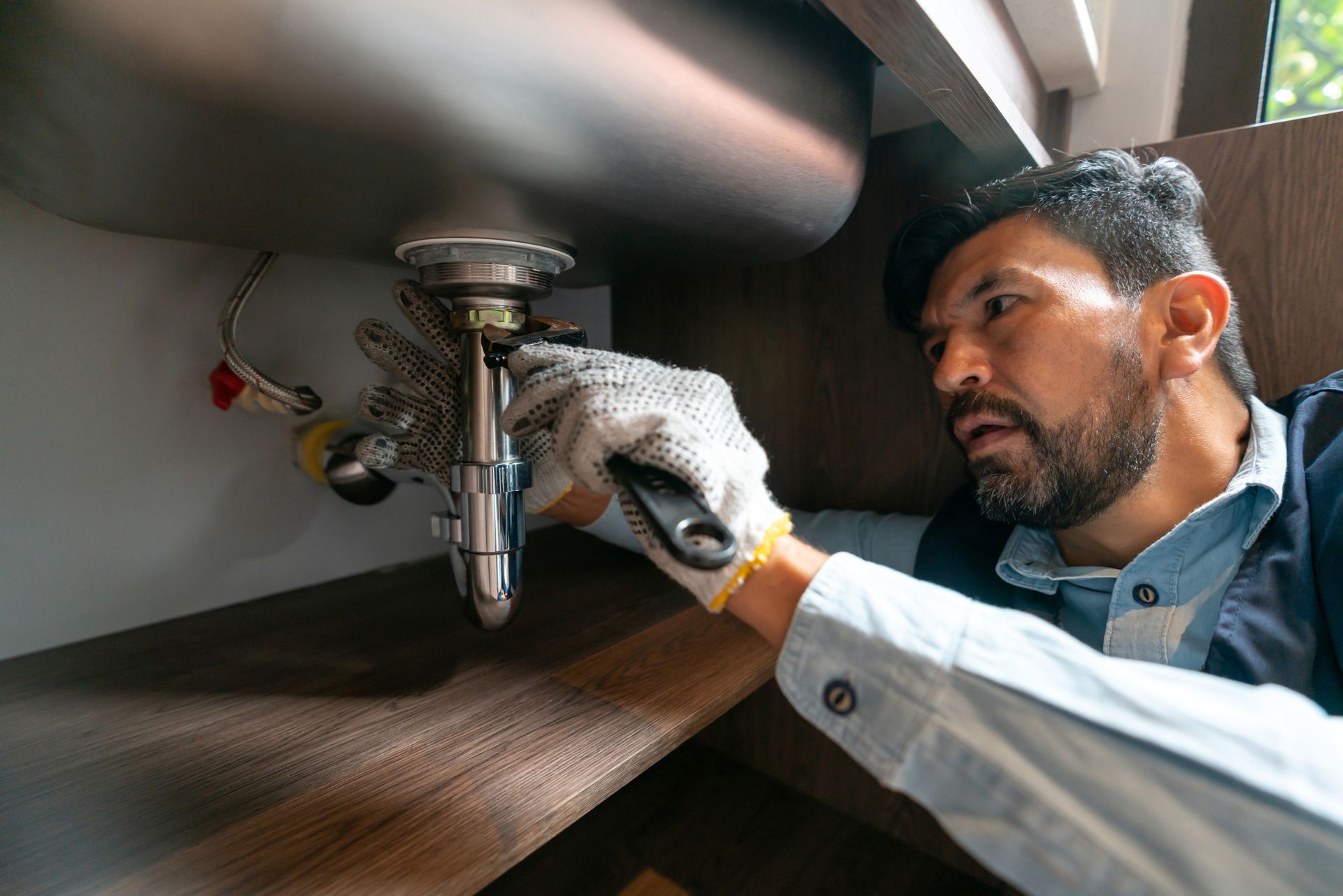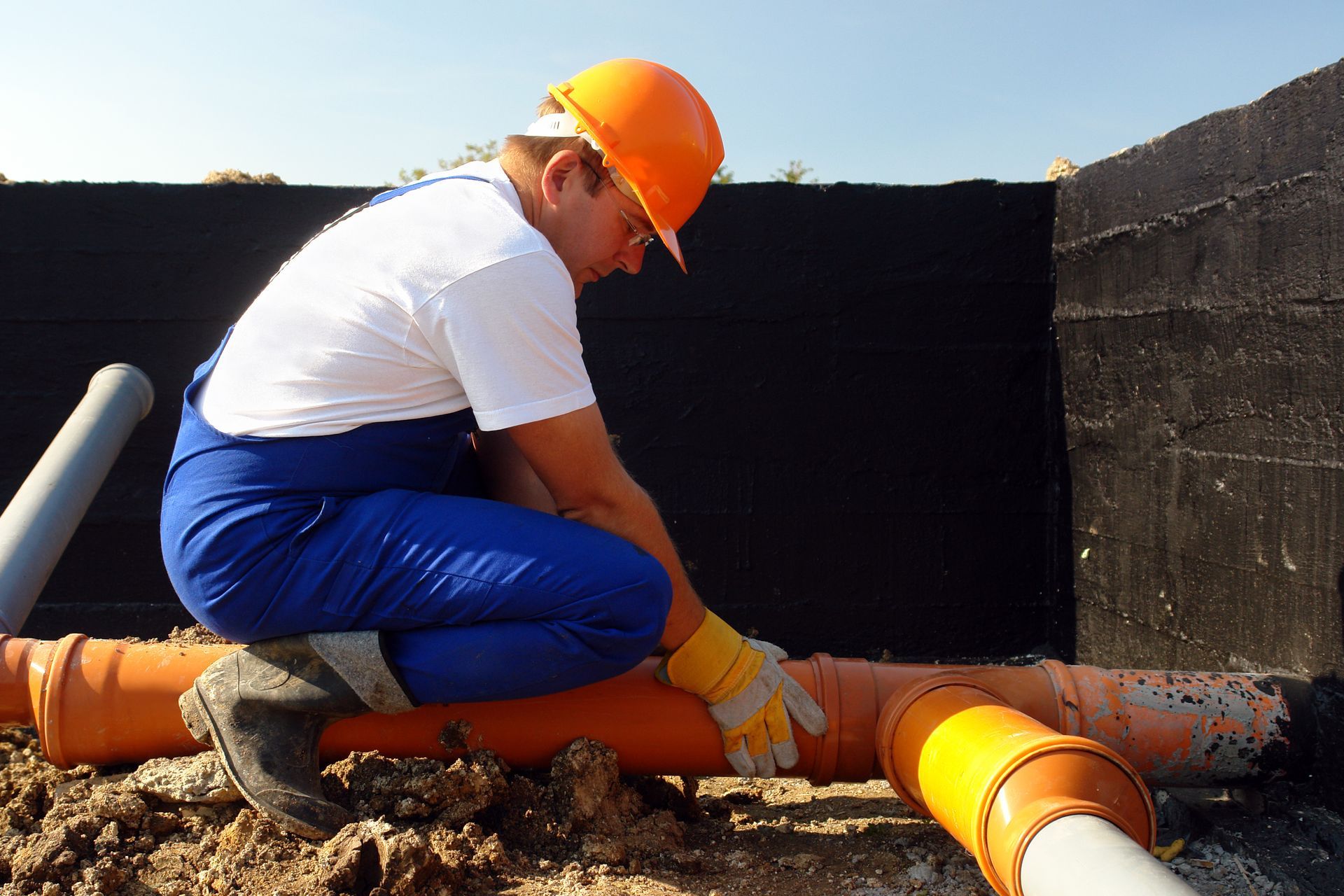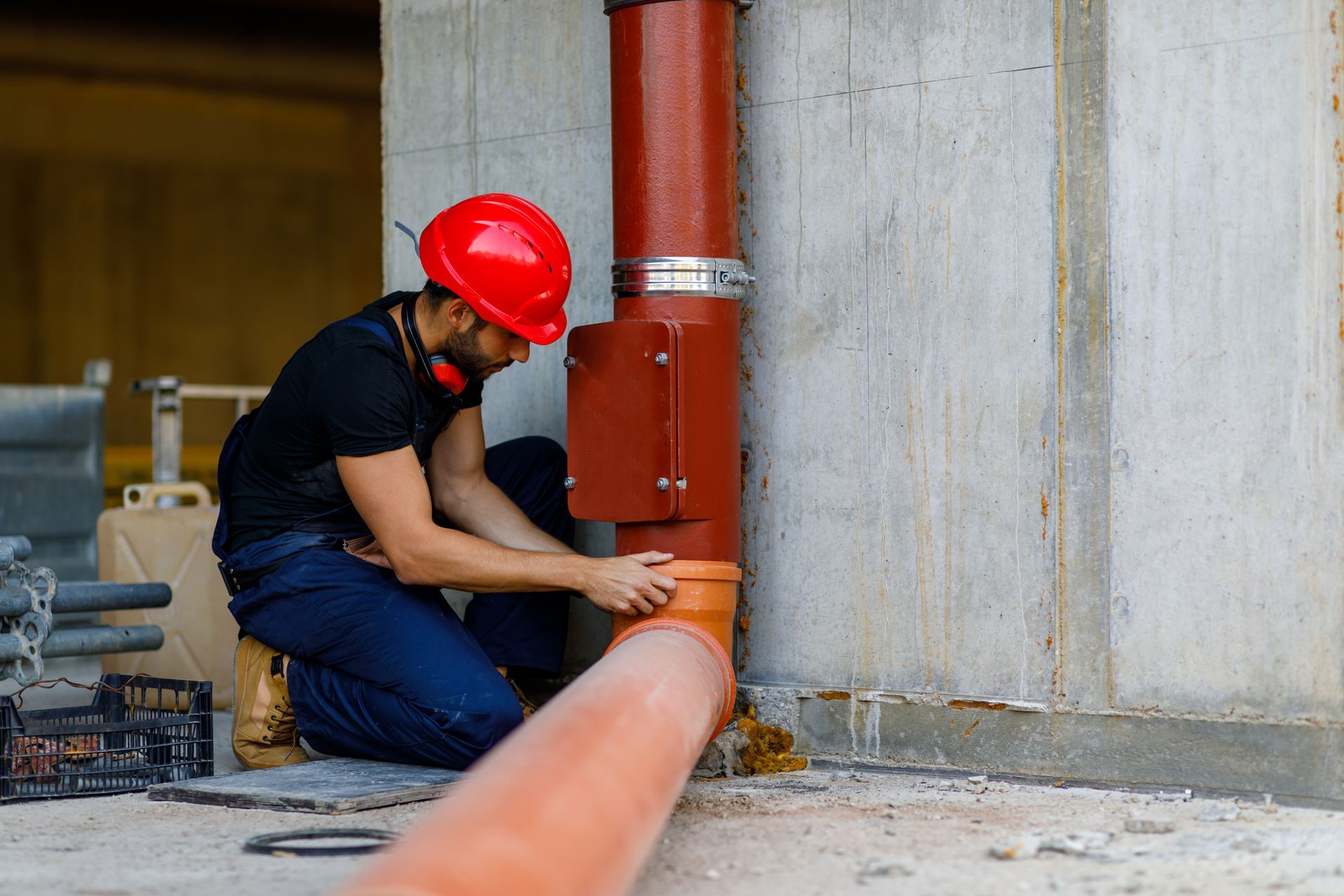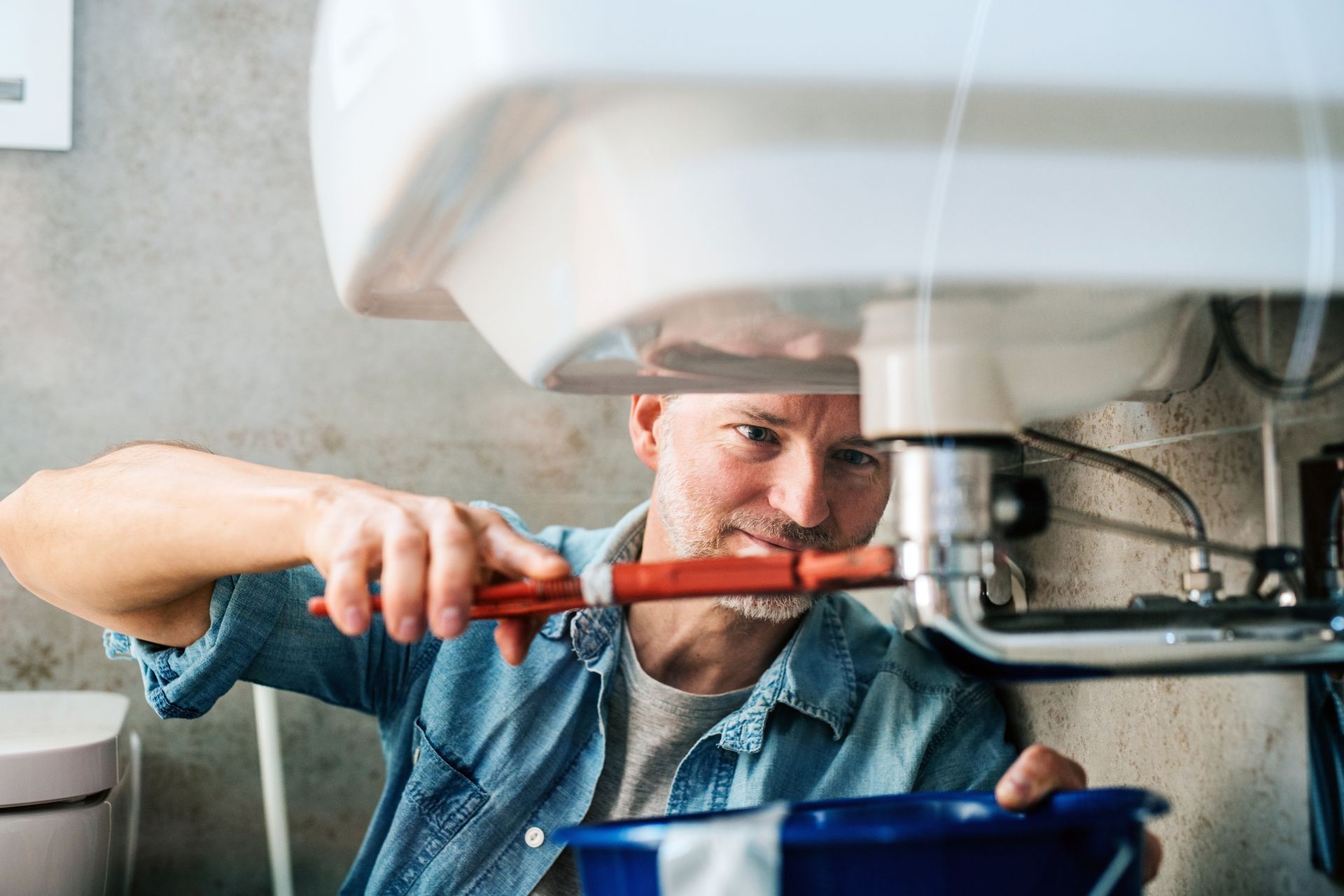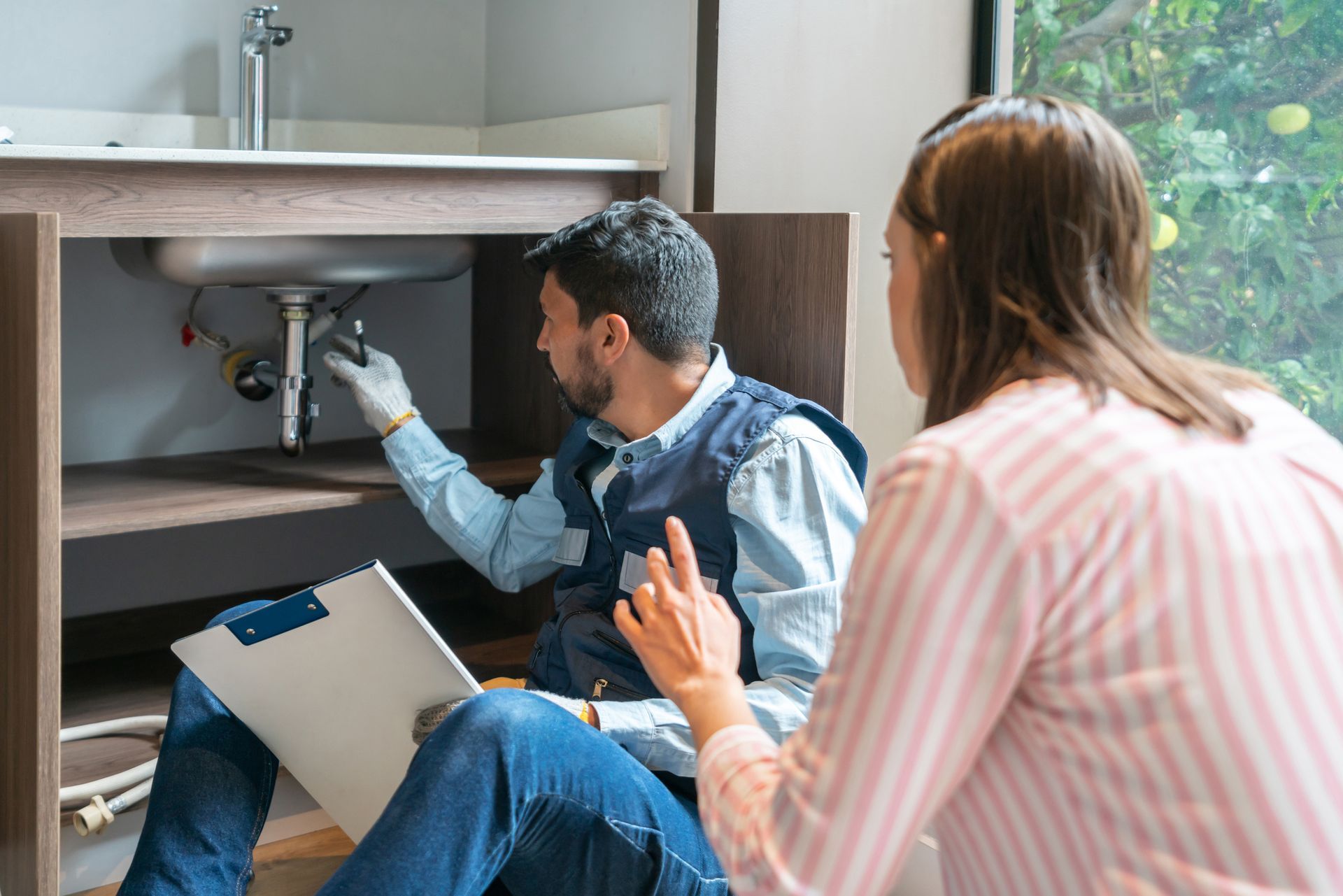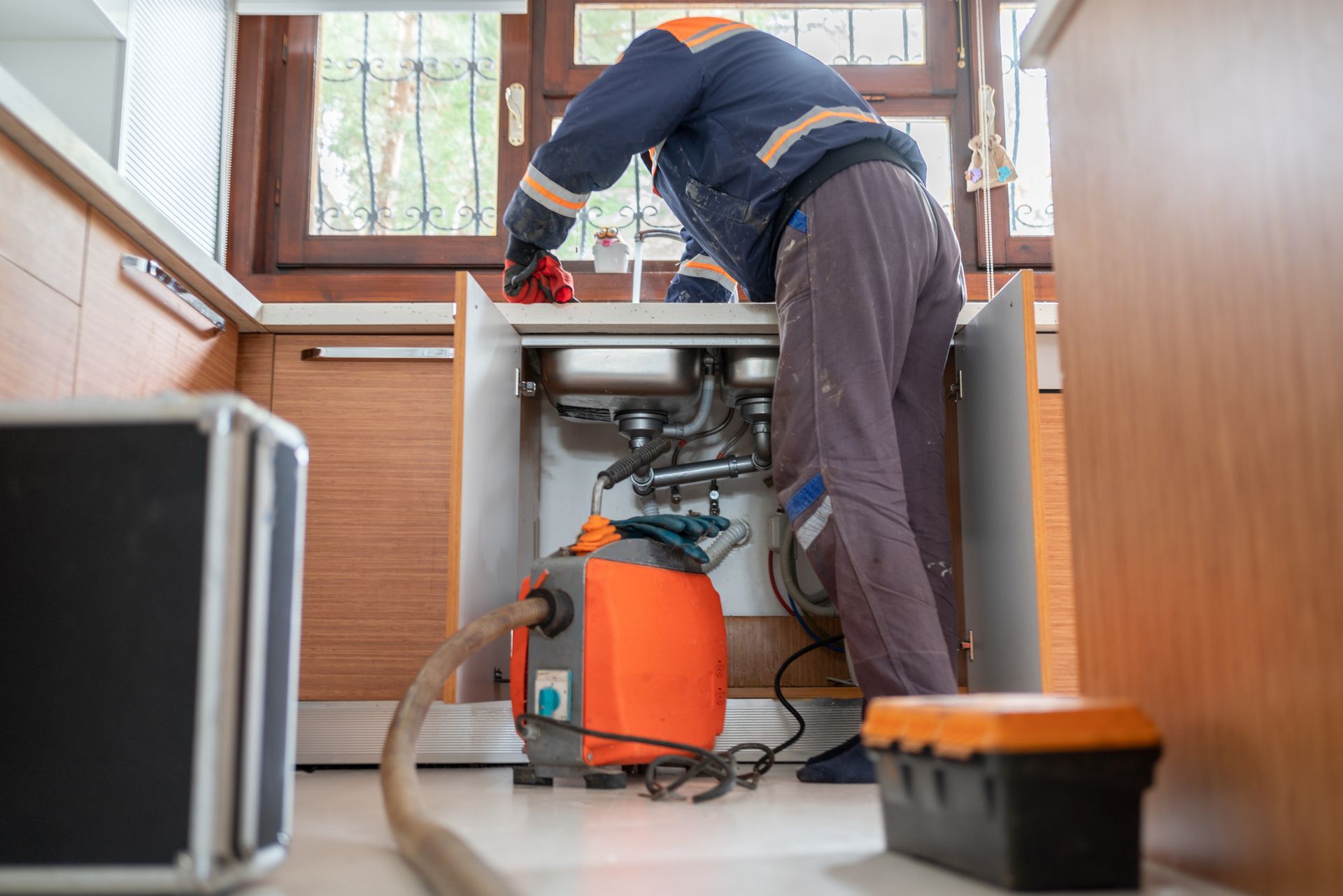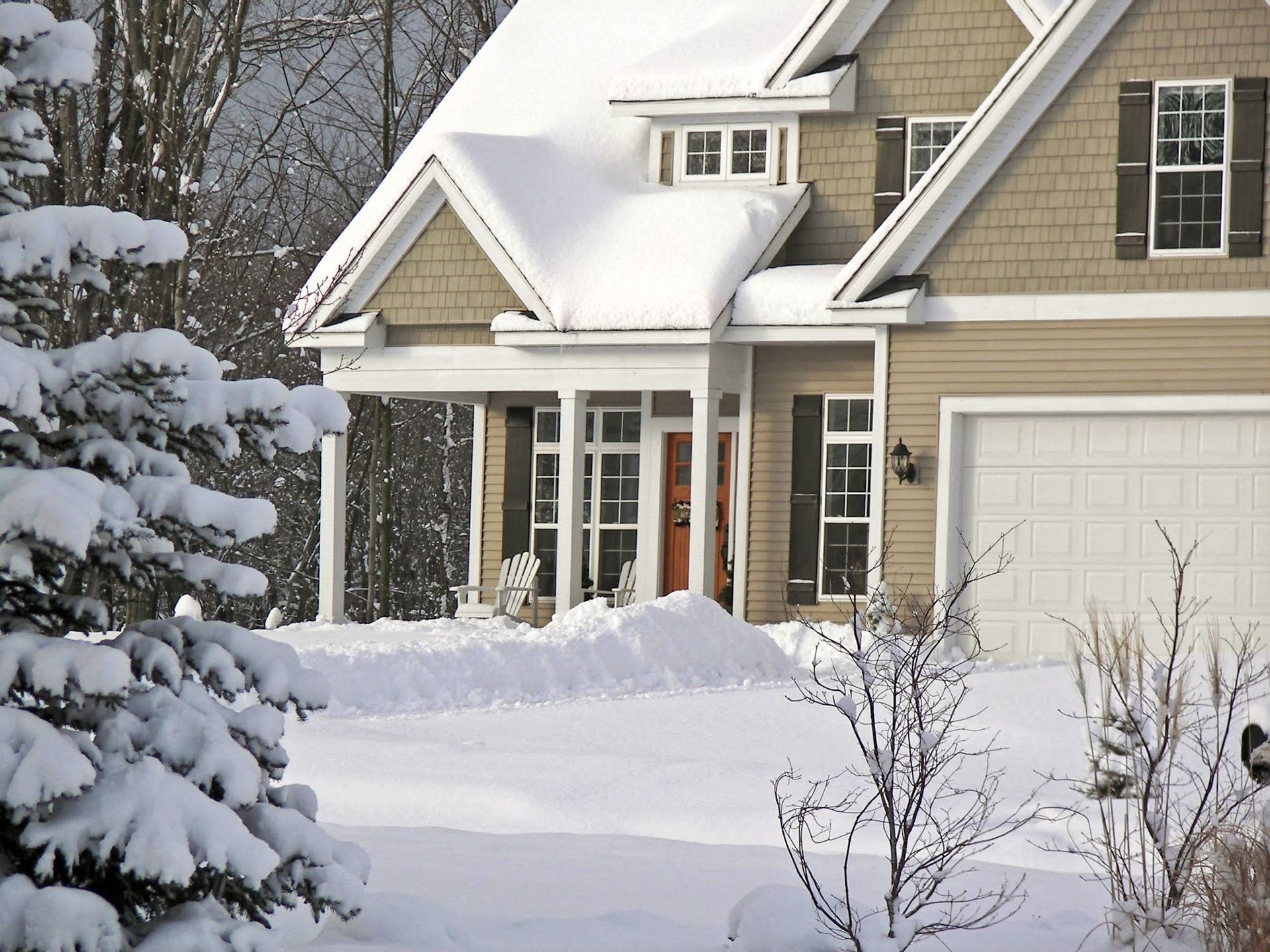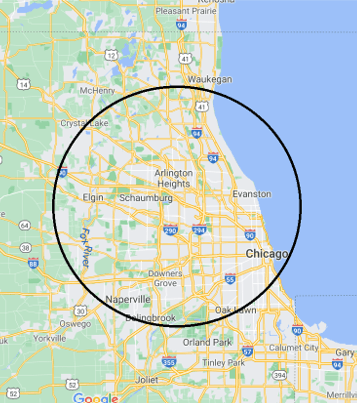Common Causes of Low Water Pressure in Your Home
Are your water fixtures producing less water than usual? Perhaps your dishwasher and washing machine aren't cleaning dishes and laundry properly. Or maybe your pressure gauge reads less than 40 PSI. Any of these issues could mean that you're experiencing low water pressure.
Low water pressure can significantly impact the quality of living in your home. With low water flow, simple, menial jobs such as washing dishes, bathing, doing laundry, or cleaning can become time-consuming and infuriating.
To understand and diagnose your low water pressure problem, you need to know the possible causes. Here's a guide on what could cause low water pressure issues in your home.
Faulty Pressure Regulator
A pressure control valve lowers incoming water pressure to a safe level to prevent damage to your plumbing system. While not all homes have a pressure regulator, a faulty or failing regulator can cause low water pressure in your home. If the regulator fails, you're likely to encounter a sudden and drastic pressure decrease in water fixtures around your home.
To determine if the regulator is working well, connect a pressure gauge to the hose spigot outside your house. Turn on the water and record the readings of the attached pressure gauge. If the readings are lower than what the regulator stated, the problem could be with the pressure regulator.
In such a case, the regulator may need a replacement. Contact a professional plumber to get the job done.
Blockage in Pipes
Clogged pipes are the main culprit for low water pressure in homes. Dirt, food particles, solidified oil, and grease or other debris inside pipes form a blockage. Also, if your water supply is hard water, mineral deposits could build up in the pipe, impede water flow, and lower your water pressure. In most cases, low water pressure from pipe blockages will develop gradually until the issue becomes apparent and unbearable.
If clogged pipes are causing pressure issues in your home, you need to hire a plumber to correct the issue. Remember, the clog could be anywhere in your piping system, and you don't want to remove every pipe in your home. Also, avoid pouring chemicals into the pipes as you could contaminate your household water. An expert will inspect, diagnose, and correct the clog issue to restore your water pressure to the right level.
Corroded Pipes
If your home's plumbing system is old and has galvanized steel pipes, your low-pressure problem could result from corrosion. Galvanized pipes are prone to corrosion. Over decades, the inside of these pipes will corrode, and the corrosion will accumulate to gradually block the pipe.
Thus, if the cause is pipe corrosion, you won't notice a sudden pressure decrease unless you've moved to an old home with an already corroded plumbing system. If your property has pipe corrosion, the only solution for pressure issues is to re-pipe your home with plastic or copper pipes.
Water Distributor Issues
Not always will the low water pressure issues emerge from inside your home — sometimes, your water supplier could be the cause. Before you start any major plumbing work to correct low flow, ask around to determine if your neighbors are experiencing the same. If they are, the problem is likely emanating from your water supplier.
You can reach out to the supplier and inquire if they are already aware of the issue. If the answer is yes, ask if anything they are doing anything to restore your water pressure.
Low water pressure not only makes life difficult, but it can also lead to costly damage to your home. If you're facing a low water flow in your home, J&S Plumbing Inc. can help. Contact us for professional residential and commercial plumbing services.

